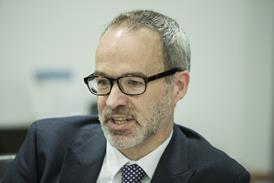Close menu
- Home
- Ask HSJ
- Sectors
- Topics
- Local
- Comment
- Interactive
- Events
- Jobs
- All Products
- Subscribe
The unique advantages of advanced paramedic practitioners
By Lucy Brown, Liz Hedgecock, Catherine Simm, Juliette Swift and Andrew Swinburn2011-03-22T00:06:00

The full benefits of advanced practitioners are yet to be seen. But they range from saving costs to reducing admissions. Lucy Brown and colleagues in the North West report on the difference these roles are making in the region.
You need to be a subscriber to read more

Subscribe for unlimited access
With a HSJ subscription you’ll unlock:
- All HSJ news by sector, topic & region
- Breaking News announcements
- App for mobile and offline reading
- Comment and Daily Insights newsletters
- Regional roundup newsletters
- Unrestricted access to ‘Ask HSJ’ - AI assistant - AI assistant
- 10 expert briefings every fortnight (Premium only)
Already a subscriber? Sign into your account here
Part of HSJ Information Ltd. 5th Floor, Aldgate Tower, 2 Leman Street, London E1 8FA. Registered in England and Wales. Company registration 2530185
Site powered by Webvision Cloud




















